Your HVAC unit plays a critical role in keeping your home comfortable—but that doesn’t mean it has to be an eyesore in your beautifully landscaped garden. Today’s design-savvy homeowners and professionals are embracing dual-purpose solutions that enhance curb appeal while protecting HVAC systems. These eight creative HVAC covers not only conceal unsightly equipment but also add personality and charm to your outdoor space. Here are some brilliant ideas to consider for blending utility with style:
1. Lattice Screens with Climbing Vines
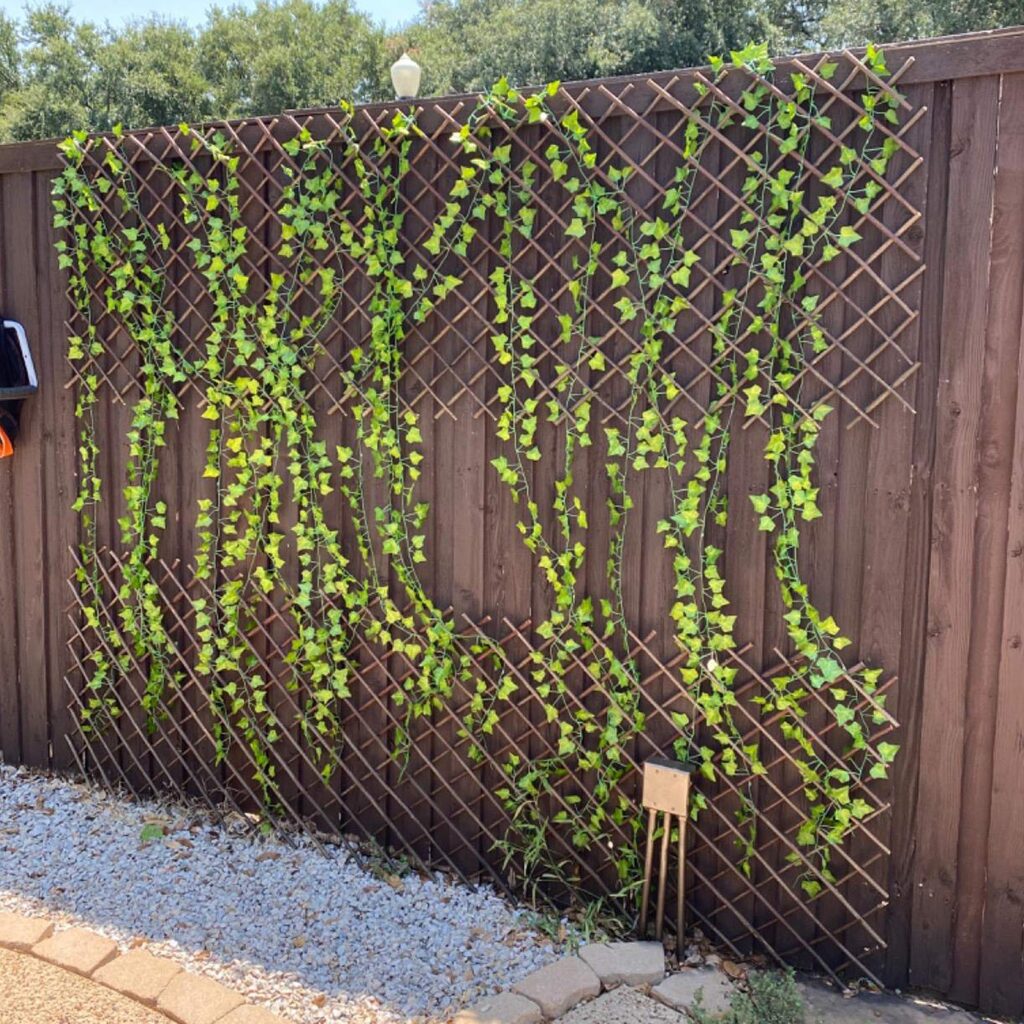
Lattice panels are a classic choice for hiding HVAC units, but when paired with climbing plants like jasmine or clematis, they become living sculptures. The wooden or vinyl lattice allows airflow, which is essential for HVAC function, while the plants provide a lush, natural look. Choose flowering vines to add seasonal color, or evergreen varieties for year-round greenery. Proper spacing ensures maintenance access and ventilation remain uncompromised.
2. Decorative Wooden Enclosures with Built-in Seating
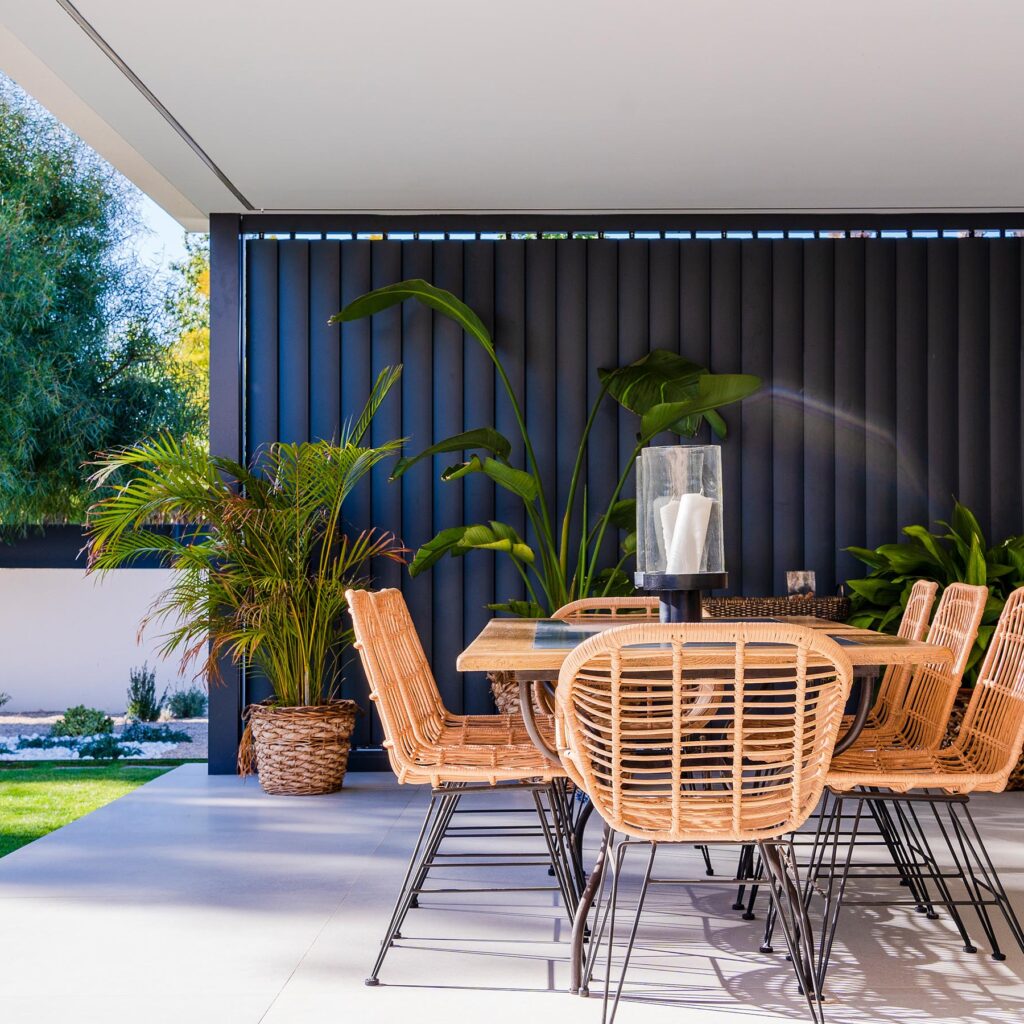
Why not turn your HVAC cover into a functional garden bench? This dual-purpose design cleverly disguises the unit while offering a quiet sitting area. Made from weather-resistant treated wood, these covers often feature slatted panels to maintain airflow. Adding cushions and planters can elevate the look further. Be sure to leave access panels or removable tops for easy technician access.
3. Metal Grille Covers with Artistic Flair
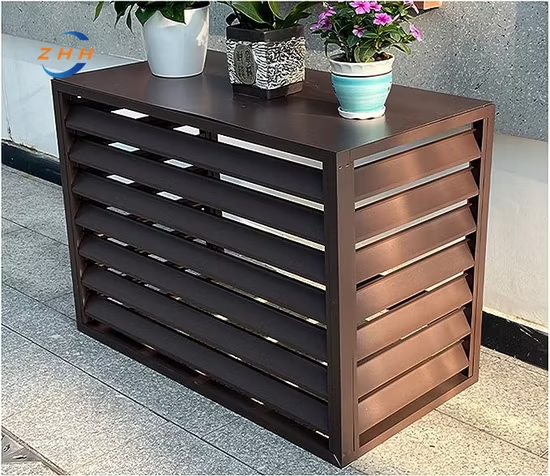
Metal covers with intricate cut-out designs are perfect for modern and artistic gardens. Powder-coated aluminum or steel panels can be custom-fitted and feature decorative motifs like leaves, geometric patterns, or abstract art. Not only do they withstand weather elements, but they also enhance airflow while giving your HVAC system a stylish, sculptural finish. These are especially suitable for contemporary outdoor themes.
4. Reclaimed Wood Screens with Garden Accents
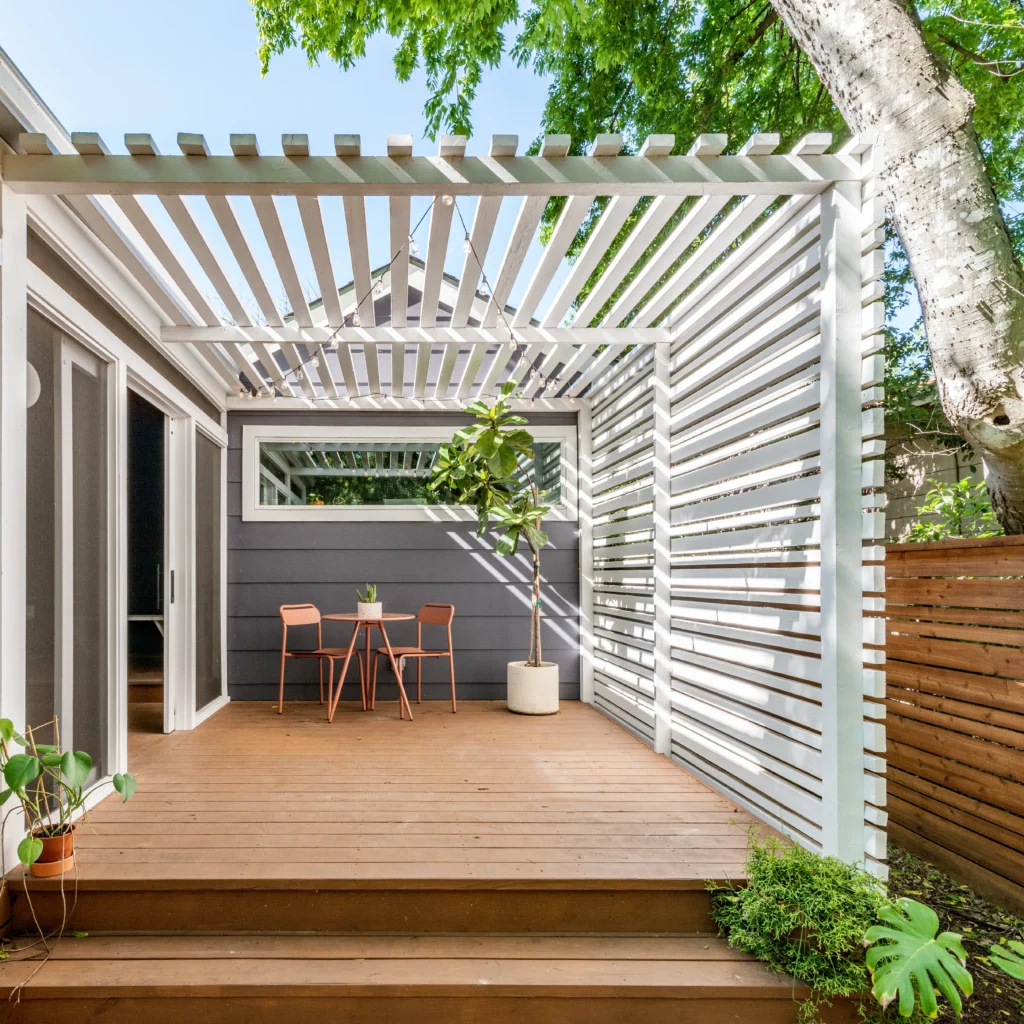
Sustainability meets creativity with reclaimed wood screens that offer both rustic appeal and practical HVAC protection. You can customize the panels using upcycled fence posts, pallets, or barn wood. Add hooks for hanging flower pots or solar lanterns to make the structure more garden-integrated. Ensure the wood is treated to withstand moisture and pests, and position the screen at least 12–24 inches away from the unit.
5. Planter Box Covers for a Green Integration
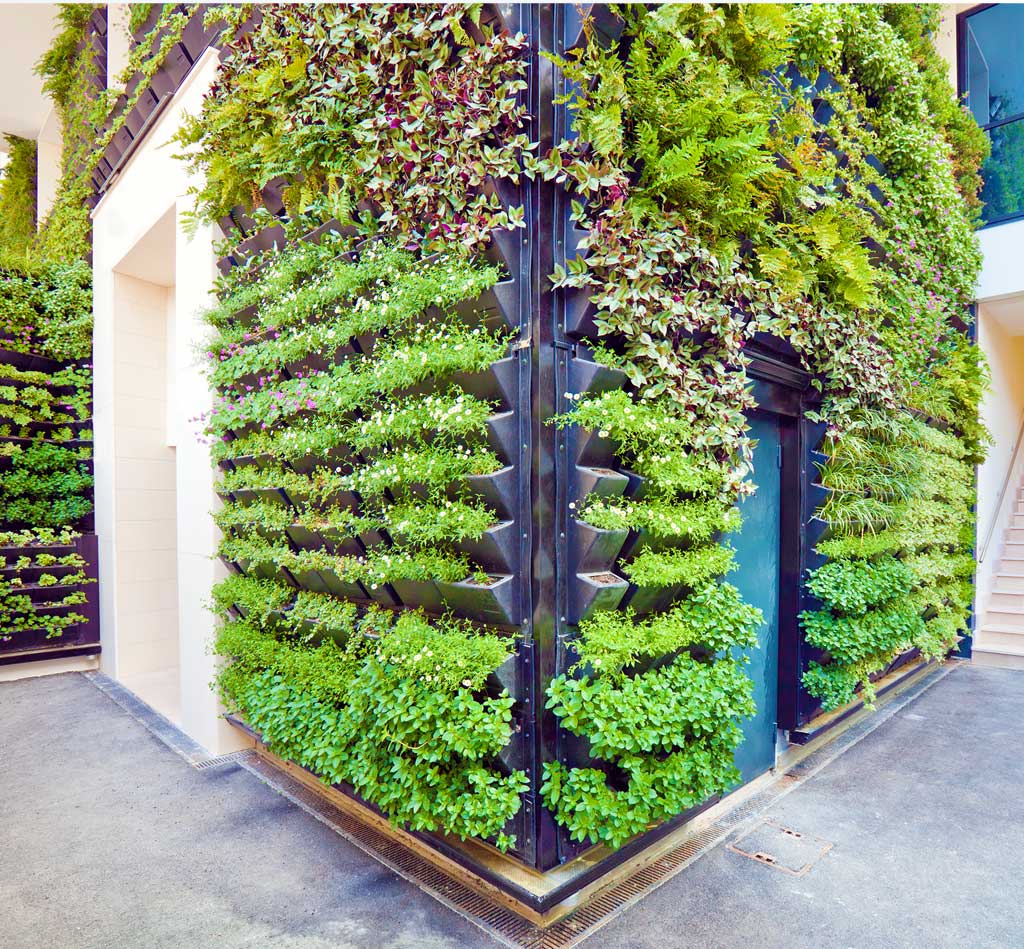
Combine greenery and concealment with planter box HVAC covers. These box structures are designed with open backs or slatted sides for ventilation and a top-mounted planter for flowers, herbs, or ornamental grasses. The elevated planter draws attention upward, while the HVAC remains tucked neatly beneath. Cedar and composite materials work best for weather resistance and longevity.
6. Shutter-Style Covers for a Cottage Vibe
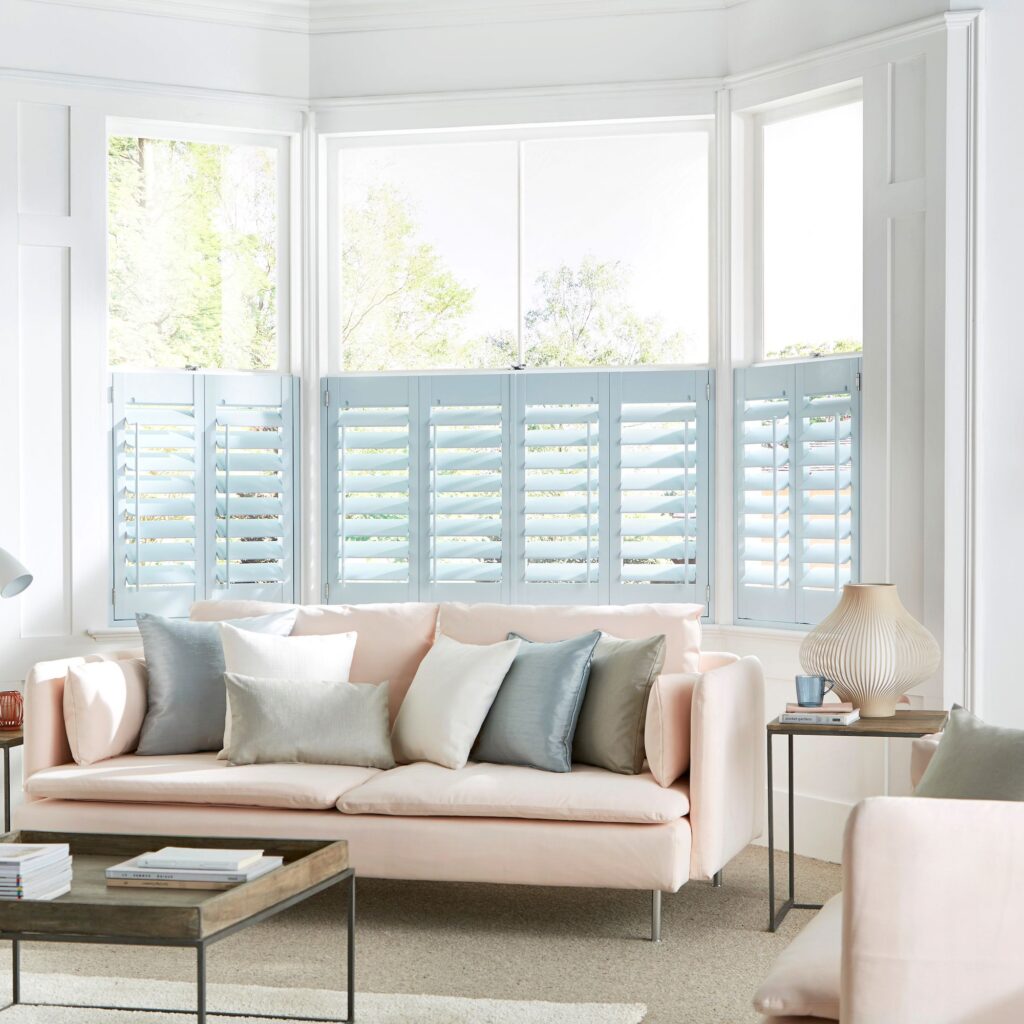
For a charming, country-inspired aesthetic, shutter-style HVAC covers add warmth and softness to your garden layout. These often use louvered panels that mimic old window shutters and provide excellent airflow. Painting them in cheerful or pastel shades can enhance your garden’s personality. These covers are lightweight and relatively easy to install, with designs that can either surround the unit or create a screen wall beside it.
7. Stone or Faux-Stone Screens for a Natural Look
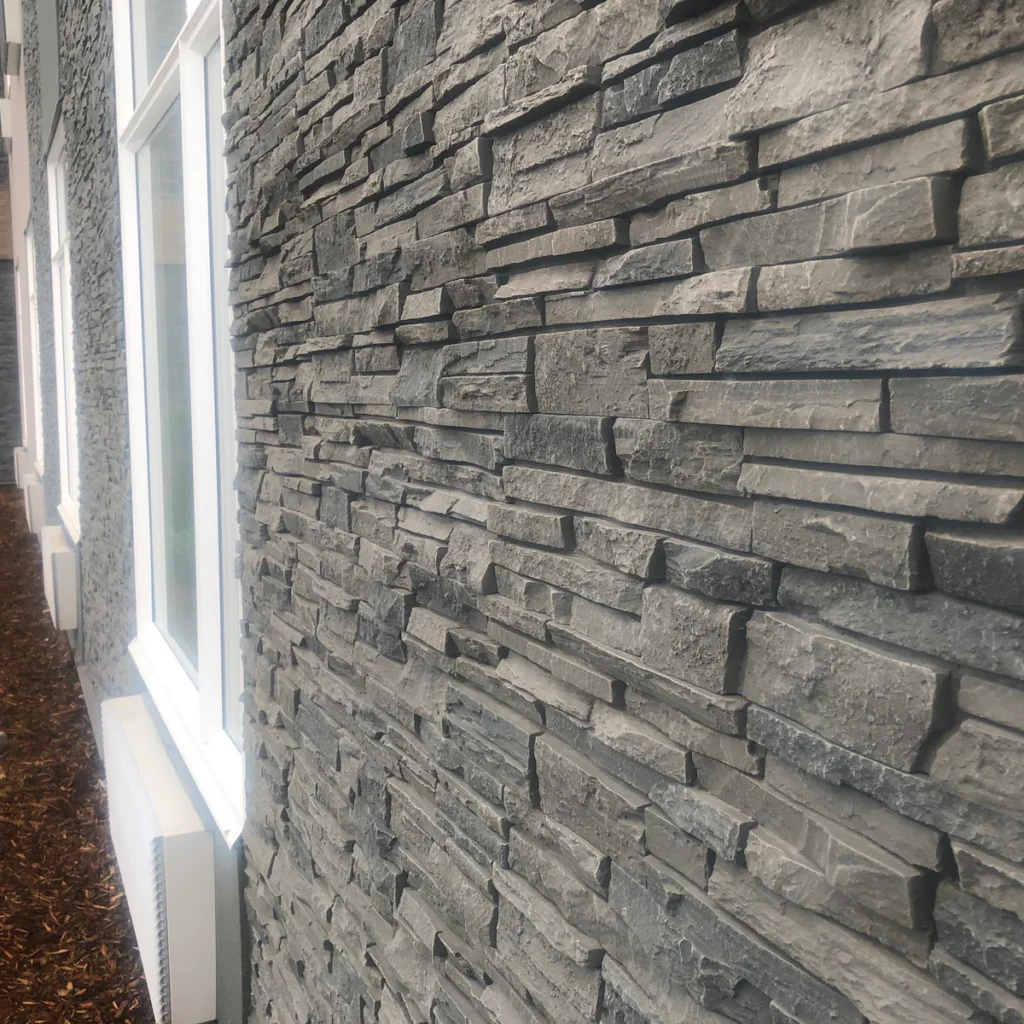
Mimic the look of natural stone with faux-stone panels or enclosures. These covers provide a more substantial visual and can blend beautifully with gardens that include rock elements, pathways, or water features. Faux-stone screens are often made from polyurethane foam molded to look like granite or slate—lightweight yet durable. Ensure the structure doesn’t trap heat and maintains clearance on all sides of the unit.
8. Pergola-Style HVAC Shelters
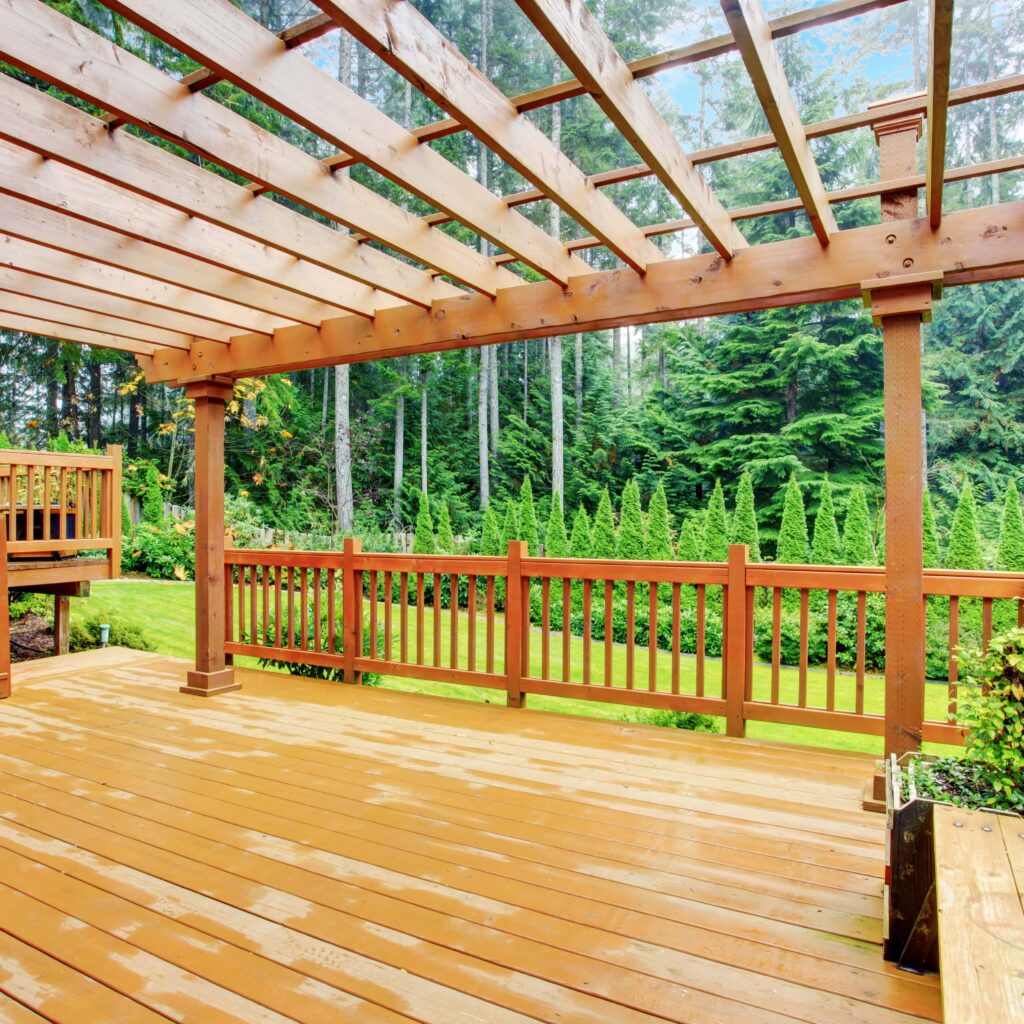
For larger gardens or patio-adjacent HVAC units, a small pergola or trellis shelter can add elegance while shielding the system. The open-roof structure allows heat to escape, and the beams can be adorned with hanging plants or lanterns. These shelters can double as architectural focal points, especially when designed in tandem with nearby outdoor features like seating areas or garden beds. Treated wood or metal frames work best for longevity.
Final Thoughts
When selecting an HVAC cover that doubles as garden décor, functionality should never take a backseat to aesthetics. Proper ventilation, technician access, and weather resistance are critical to maintaining your unit’s performance and lifespan. Always consult with an HVAC technician before finalizing your design to ensure it complies with safety and airflow standards. With a bit of creativity and planning, your HVAC system can become a beautiful and integrated feature in your outdoor sanctuary.

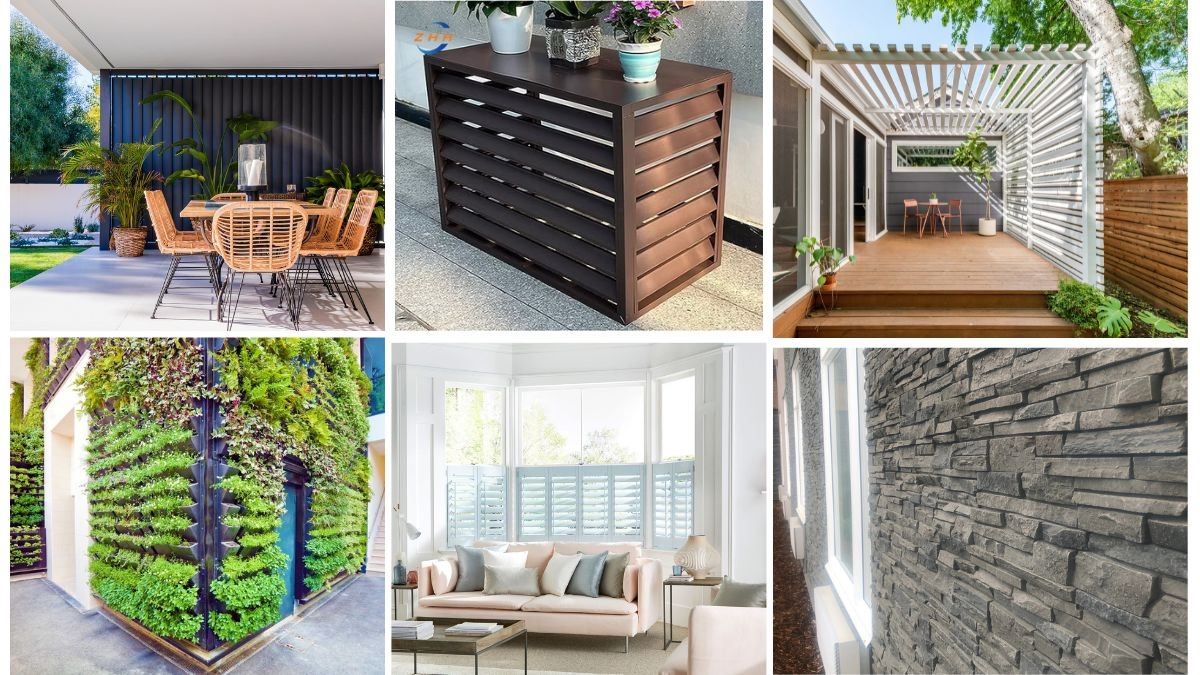



Leave A Comment